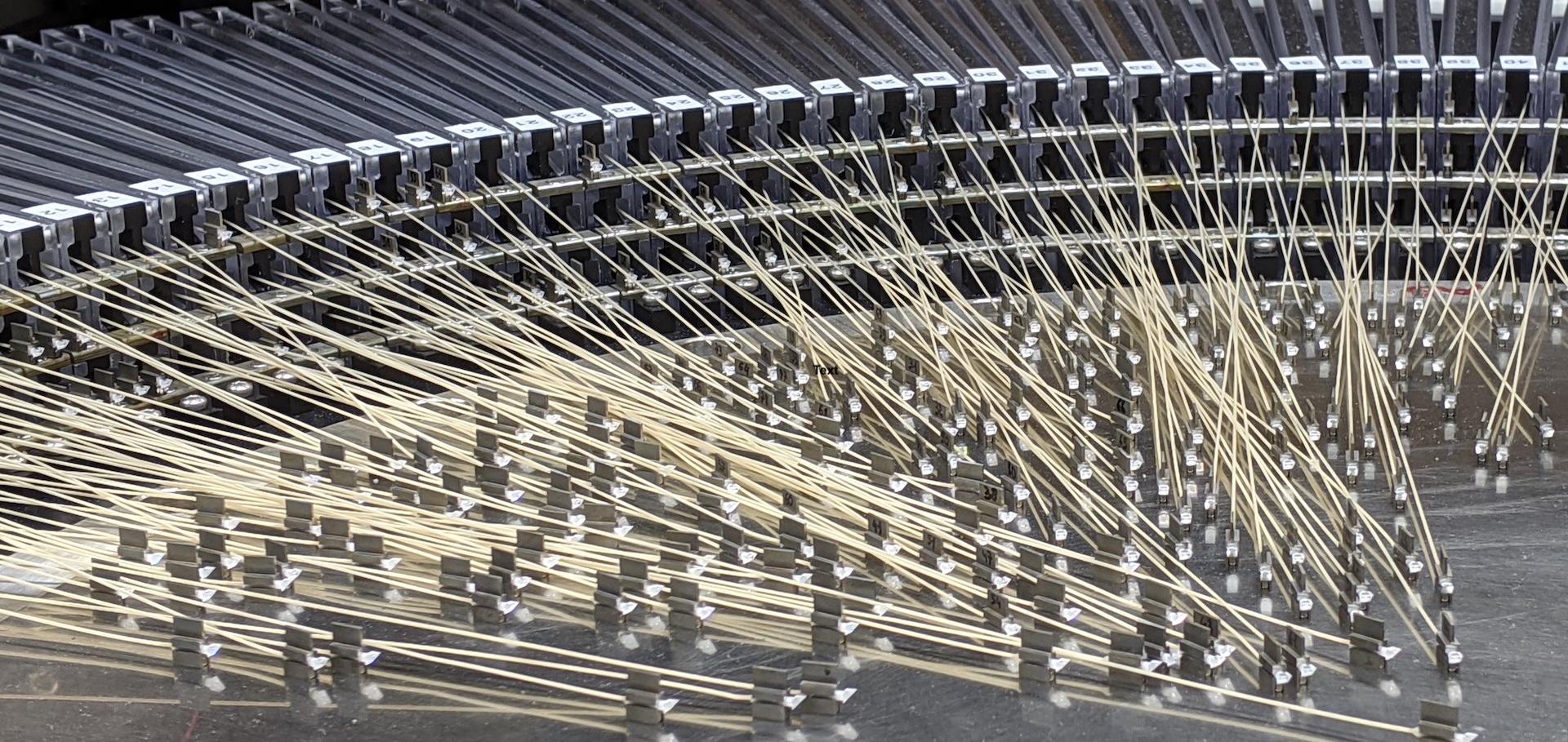Galaxy groups in the two-degree field galaxy redshift survey: The luminous content of the groups
Monthly Notices of the Royal Astronomical Society 355:3 (2004) 769-784
Abstract:
The Two-degree Field Galaxy Redshift Survey (2dFGRS) Percolation-Inferred Galaxy Group (2PIGG) catalogue of ∼29 000 objects is used to study the luminous content of galaxy systems of various sizes. Mock galaxy catalogues constructed from cosmological simulations are used to gauge the accuracy with which intrinsic group properties can be recovered. It is found that a Schechter function is a reasonable fit to the galaxy luminosity functions in groups of different mass in the real data, and that the characteristic luminosity LThe 2dF galaxy redshift survey: The local E+A galaxy population
Monthly Notices of the Royal Astronomical Society 355:3 (2004) 713-727
Abstract:
We select a sample of low-redshift (z ∼ 0.1) E+A galaxies from the 2dF Galaxy Redshift Survey (2dFGRS). The spectra of these objects are defined by strong hydrogen Balmer absorption lines (Hδ, Hγ, Hβ) combined with a lack of [O II] 3727-Å emission, together implying a recently truncated burst of star formation. The E+A spectrum is thus a signpost to galaxies in the process of evolution. We quantify the local environments, clustering properties and luminosity function of the E+A galaxies. We find that the environments are consistent with the ensemble of 2dFGRS galaxies: low-redshift E+A systems are located predominantly in the field, existing as isolated objects or in poor groups. However, the luminosity distribution of galaxies selected using three Balmer absorption lines Hδγβ appears more typical of ellipticals. Indeed, morphologically these galaxies are preferentially spheroidal (E/S0) systems. In a small but significant number we find evidence for recent major mergers, such as tidal tails. We infer that major mergers are one important formation mechanism for E+A galaxies, as suggested by previous studies. At low redshift the merger probability is high in the field and low in clusters, thus these recently formed spheroidal systems do not follow the usual morphology-density relation for ellipticals. Regarding the selection of E+A galaxies: we find that basing the Balmer-line criterion solely on Hδ absorption leads to a significant subpopulation of disc systems with detectable Hα emission. In these objects the [O II] emission is presumably either obscured by dust or present with a low signal-to-noise ratio, whilst the (Hγ, Hβ) absorption features are subject to emission-filling.Aspects of concurrent design during the VISTA IR Camera detailed design phase
Proceedings of SPIE - The International Society for Optical Engineering 5497 (2004) 51-61
Abstract:
As detailed instrument design progresses, judgements have to be made as to what changes to allow and when models such as thermal, stray-light and mechanical structure analysis have to be re-run. Starting from a well-founded preliminary design, and using good engineering design when incorporating changes, the design detailing and re-run of the models should bring no surprises. Nevertheless there are issues for maintaining the design and model configuration to a reasonably concurrent level. Using modern modeling software packages and foresight in setting up the models the process is made efficient, but at the same time the level of detail and number of cases now needed for instrument reviews is also large in order to minimise risks. We describe examples from the detailed instrument design of the VISTA IR Camera to illustrate these aspects and outline the design and analysis methods used.Image analysis algorithms for critically sampled curvature wavefront sensor images in the presence of large intrinsic aberrations
Proceedings of SPIE - The International Society for Optical Engineering 5496 (2004) 738-746
Abstract:
This paper describes the image analysis algorithm developed for VISTA to recover wavefront information from curvature wave front sensor images. This technique is particularly suitable in situations where the defocused images have a limited number of pixels and the intrinsic or null aberrations contribute significantly to distort the images. The algorithm implements the simplex method of Neider and Mead. The simplex algorithm generates trial wavefront coefficients that are fed into a ray tracing algorithm which in turn produces a pair of defocused images. These trial defocused images are then compared against the images obtained from a sensor, using a fitness function. The value returned from the fitness function is fed back to the simplex algorithm, which then decides how the next set of trial coefficients is produced.Multi-object near-infrared Hα spectroscopy of z ∼ 1 star-forming galaxies in the Hubble Deep Field North
Monthly Notices of the Royal Astronomical Society 354:1 (2004)


